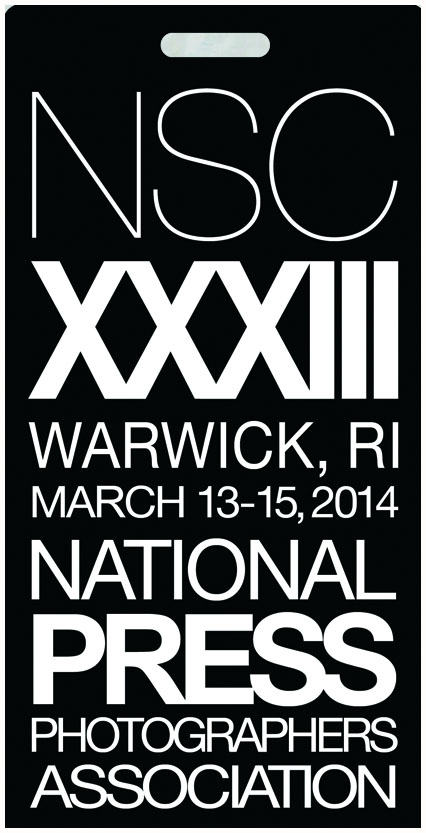 Which of the well-known social media websites - Facebook, Instagram, or Twitter, take a perpetual license to your images? By now, you should already know the answer - all of them, to varying degrees.
Which of the well-known social media websites - Facebook, Instagram, or Twitter, take a perpetual license to your images? By now, you should already know the answer - all of them, to varying degrees.
I would like to suggest to you that you should stay off Facebook, but that would be all but impossible. What I will tell you is that you should never post images from a shoot where not only could your client see the images (unless, of course, a part of your obligation to your client is to promote the results of your shoot via social media) but also, where the simple fact that you are granting the social media website rights to the image would violate the terms of the agreement you have with your client to the resulting images. It would be very easy for a client to cite this as a reason to not pay you, and otherwise to pursue you in court as well. To that end be absolutely certain you have the right to do that in writing.
Because social media has reached a critical mass, and it is difficult to ignore from a professional standpoint, where in many cases marketing your work is done via the social networking of today. So, to that end, how do you make the sacrifices that their rights grabs call for while preserving your rights or at least understanding the value of the rights you are granting to them. Colby Brown (here) does a great job of breaking down many of the different social media issues. The bottom line is that most photographers that shoot weddings, rights of passage events like Bar Mitzvahs, and family portraits, will find a solid prospective client base on Facebook. However, a commercial photographer could well be followed, and thus seen as actively out shooting projects, by art directors as well.
The American Society of Media Photographers (ASMP) has done an exceptional job of detailing what the latest Terms of Service means to you, the photographer. Visit this link to learn more, but here's one excerpt regarding the latest changes:
"These changes appear to allow Facebook to exploit your name, likeness, content, images, private information, and personal brand by using it in advertising and in commercial and sponsored content — without any compensation to you. Facebook claims the right to monetize, not just your images, but a sizable portion of your entire online identity."
My first recommendation, then, is to NOT upload a high resolution image to Facebook (I realize that suggesting you don't upload any images isn't likely going to be a viable option). There's no reason to do that. Of course, a sizable online image can easily be repurposed by those with nefarious intent, especially when they have online intentions for the work they'll infringe of yours, so a watermark is always important. More on that later. Many photographers are uploading 720 pixel images on the long side, and certainly no more than 1,000 pixels.
How might you upload images in a respectable workflow to Facebook and Twitter then?
(Continued after the Jump)
We use a workflow we recently expanded to include an service called
ProPic. Before that, we would capture, enhance/adjust, watermark, and then upload. We've changed our "enhance/adjust" application to be Process instead of Snapseed. Neither one does watermarking, but there's more to that within the Process/ProPic workflow. Here's how we do it:
|
|
Capture the image as you normally would, and the images
are stored in the devices Camera Roll. We continue to use the default iPhone app because it is the only one accessible from the Lock screen, and also, allows for the switch between the still camera and the video camera. Until we can re-assign the icon there to a different app, we're sticking with this.
|
From within Camera Roll, identify the best image you want
to share. One of the problems with capturing and processing images within a different app, like using Process, which can capture the image, is we often will shoot more than one, so we just want to select and process the best image.
|
Open up the Process App, and process as you see fit. The app is not free, currently it's $14.99, and well worth it. I used to use Snapseed, and while I like that, integrating the ProPic capability alone is worth paying for this app. This app is not associated with ProPic other than it being able to upload to ProPic.
|
Click the “share” icon, which is located in the upper right corner
|
When the "share" window appears, instead of choosing Mail or Twitter, choose instead ProPic. You may also want to choose "Save Image" at the left, as Process won't save the finished file to your Camera Roll unless you ask it to. Select the ProPic icon(you should already have a ProPic
account set up)
|
Type in a caption or other description to accompany the
photo. Select to additionally post it to Facebook and Twitter at the same
time using the two switches, then click Send.
|
The resulting image sent has a Copyright Notice added
alongwith a thin black border. The image resides in your ProPic web account, which you can access at www.ProPic.com. The same image is posted to Twitter as well as to your Facebook account. If you want a larger watermark or copyright notice, then before entering Process, use an application like Marksta, or the one we prefer, iWatermark, to add in a larger watermark.
|
For more information on the importance of watermarking, and how you can use the Digital Millennium Copyright Act to pursue copyright infringements (even without registering your copyright with the copyright office) check the blog here for this law firm.
Here is the resulting image as would then appear on Facebook:

It's important to note that while ProPic does not take any of your rights like Facebook and Twitter do, whatever the current rights position is on those social media websites still remains.
Please post your comments by clicking the link below. If you've got questions, please pose them in our Photo Business Forum Flickr Group Discussion Threads.
[More: Full Post and Comments]
 Every hear the National Press Photographers Association holds one of the best educational offerings around. A 3 day conference that rotates between three regions of the Northeast brings together many amazing speakers on a variety of subjects.
Every hear the National Press Photographers Association holds one of the best educational offerings around. A 3 day conference that rotates between three regions of the Northeast brings together many amazing speakers on a variety of subjects.


